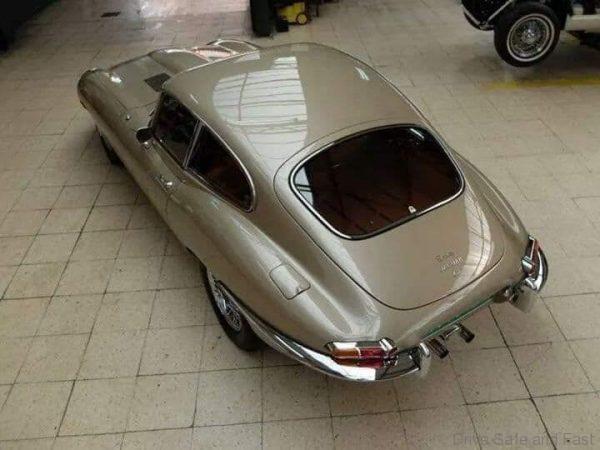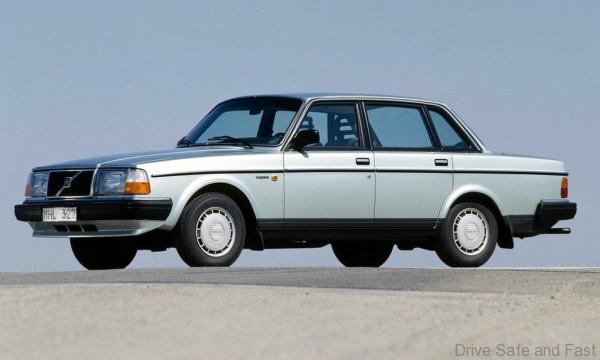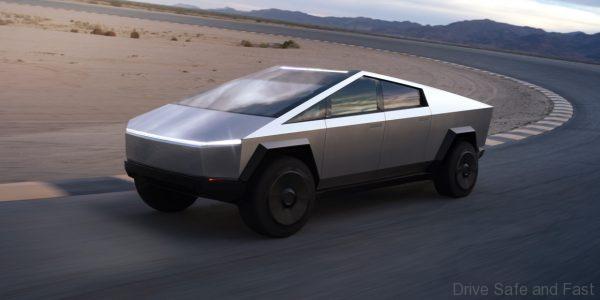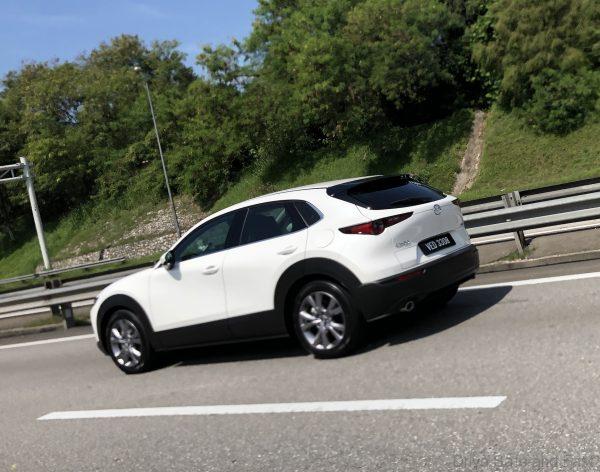When I was much younger, I would sometimes wonder why top 100 lists of ‘most beautiful cars ever made’ always ended up with cars from the ’60s in the top 3. I remember the first time I even heard of the Jaguar E-Type was when it was voted most beautiful car of all time by some authoritative print magazine whose title is no longer something I can recall. I remember my first thought being, “no, it’s not. that just looks like any old car”. I was a child. I don’t think that way anymore.

Later on, I started gauging what the ‘room’ was saying about beauty in the automotive world. This was the stage of my life where my own personal opinions were kept locked up in a box somewhere in order to fit in and better understand what I did not yet understand about this industry. Some aspects of vintage car designs began to appeal to me more, but I have a feeling these were attached to the status these vehicles had in the automotive enthusiast community.


But the more I listened to what modern car designers and engineers had to say in lengthy press releases and in interviews, the more I came to see what was happening. Cars were DERIVING their coolness factor from competing products, namely consumer electronics.

There was a time, about a hundred years ago, where cars must have been magical to behold. They were horseless carriages that were loud and moved on their own just by pouring these strange liquids inside them. Then, as the market matured and families were able to afford cars for themselves, something happened: design became the easiest way to draw attention. And because the USA had the most consumer wealth at the time and fewer import restrictions on foreign-made vehicles, car companies all around the world poured the best their culture had to offer into the artistic aspects of their vehicles.

In other words, there was a period of time where the one thing sold almost unhindered: the car and the culture it was derived from.

By the 1970s, cars, just like cigarettes were KNOWN to be safety hazards and big, ugly bumpers and crumple zones had to be integrated. The oil crisis hit and forced manufacturers to take aerodynamics more seriously. American car companies suffered as Japanese manufacturers got better and more uncompetitive market barriers were put up between countries and cultures.

The 1970s did produce quite a few iconic looking vehicles, but as curves made way for hard angles, it was extreme designs like the Countach that ended up defining the next decade. Computers and electronics became a more accessible consumer item and soon car companies were trying to integrate these digital elements into vehicles to get the public’s attention. We had a bit of a return to form in the 1990s. By this era, car modding culture had taken off in a big way and consumers were looking for clean designs to serve as a blank canvas for their own designs.

But now we’re in the smartphone era, and even legendary car designers like Peter Horbury look to products like the iPhone to inform car interior designs within the Geely Group. As a consequence, a lot of modern interiors are informed by other industries. The automotive industry has become reactive rather than assertive when it comes to car design in this regard.

The car isn’t cool because it reminds you of what’s desirable in the market today. It’s cool because the car itself is what’s desirable. Perhaps that’s why Tesla’s weird, and clean designs are so appealing to the younger generation, even when they’re as unsettling as the Cybertruck. Tesla understands that the car needs to be something customers want to be seen in.

To a certain extent, Mazda also get this right in some of their vehicles. The Mazda3 and the concepts that informed its direction are definitely what comes to mind. Problem is no one wants a c-segment sedan or hatch nowadays. Meaning they had to react to the situation with the CX-30 crossover, a much more visually upsetting vehicle than the 3.

